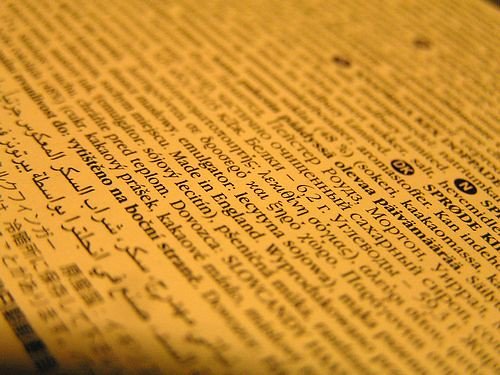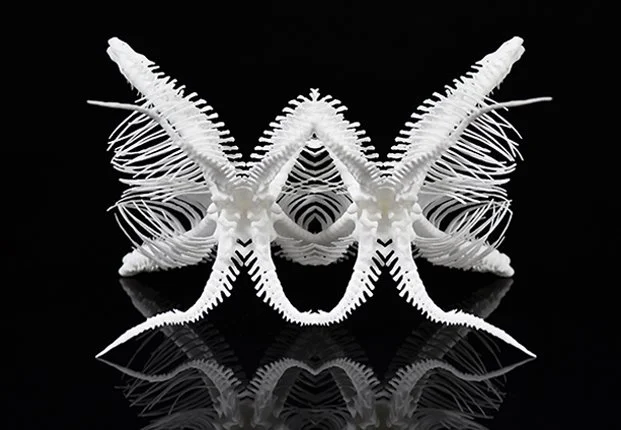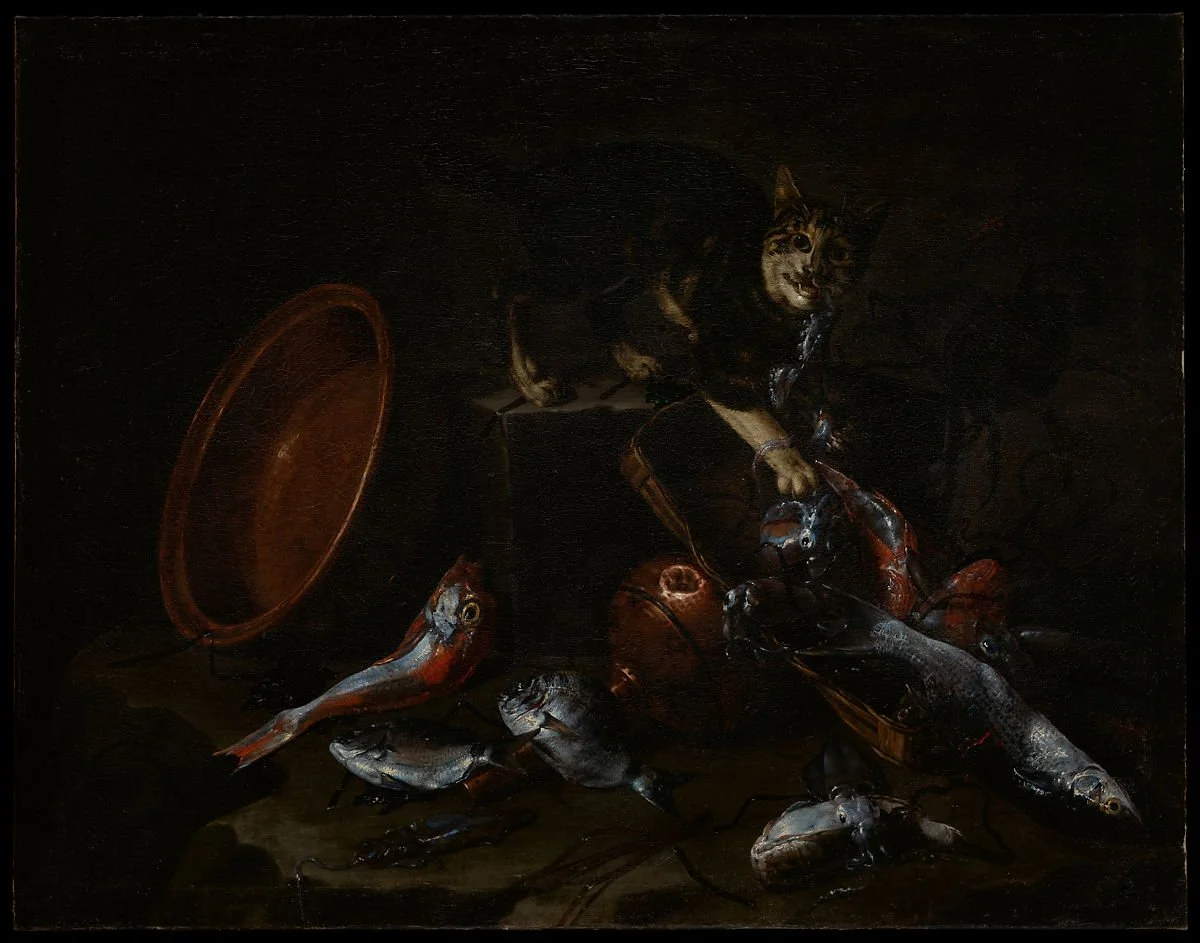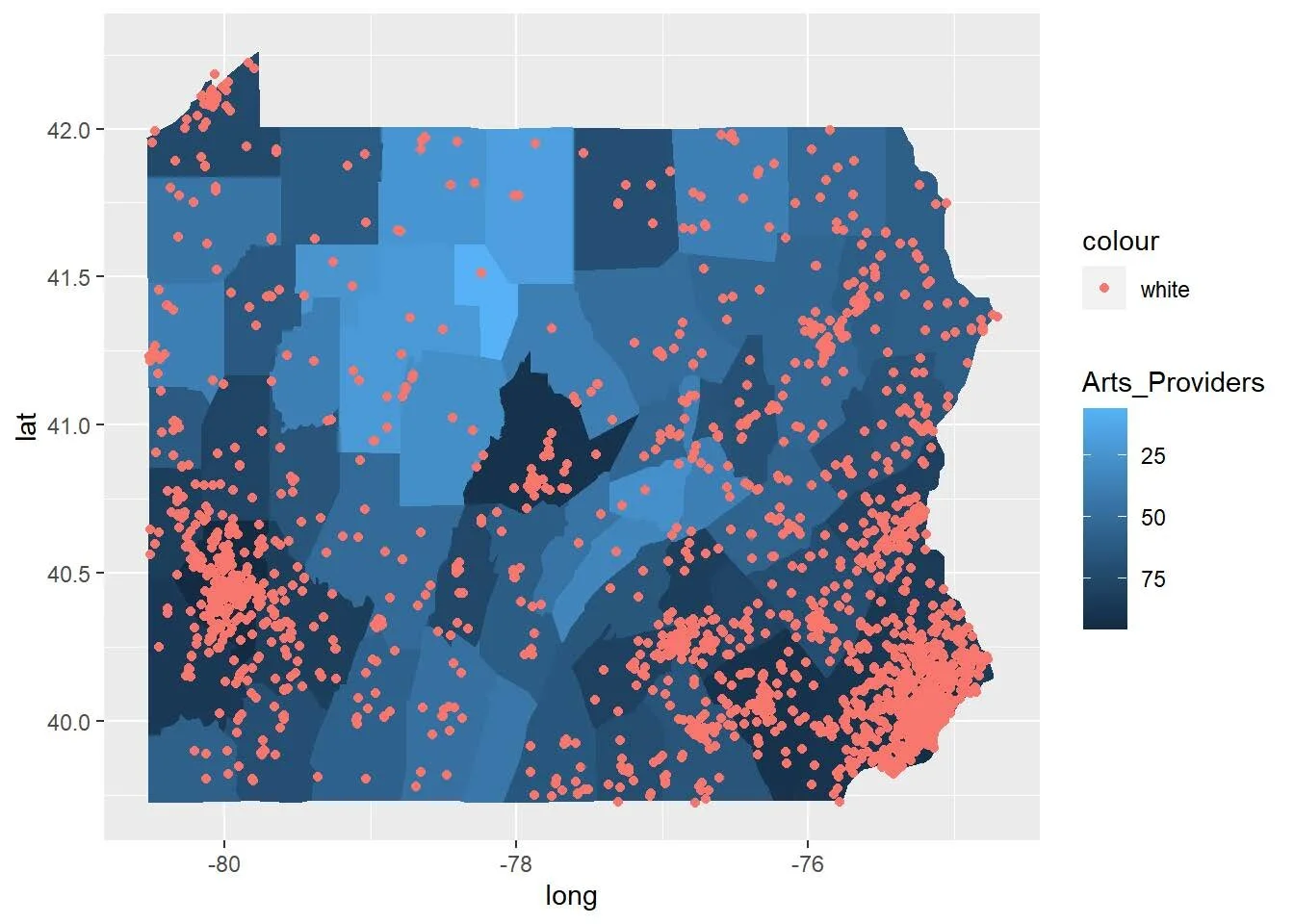In a world where Siri can set alarms, give us directions, and look things up, shouldn’t machine translation be better by now? How does machine translation work? Why are museums still using human translation? And most importantly, what happens when machine translation is good enough that museums and other arts enterprises can use it without human oversight? Regardless of its shortcomings, Natural Language Processing has made profound developments within the past 5 or 6 years. While there is still much to be improved on, its integration into everyday life personally and professionally shows that this technology will only experience improvement in the future.
Haptic Feedback: Feeling the Dance You Cannot See
Dance relies on the audience’s sense of sight to experience a performance. However, dancing itself is a very tactile experience. A dancer’s precise movements depend on a heightened internal awareness of the body – how joints are stacked and what muscles are activated. They must also maintain an awareness of external forces – how one limb moves in relation to the other, how their skin feels sliding against the floor, and where they sense other dancers moving with them in space.
The experience of the audience is vastly different from that of the dancer. Is there a way to bridge this divide and communicate a multi-sensory experience to the audience, and allow those who cannot see to feel? Tapping into this sense of touch might help audiences experience dance in a new way.
Open Access Initiatives & Its Impact on the Art World
According to the Western Museum Association, Open Access refers to efforts made by museums to provide high-resolution downloadable images free of charge to maximize the ability of the user to interact with, share, and reuse the images. In 2018, Douglas McCarthy, Collections Engagement Manager at Europeana, and Dr. Andrea Wallace, Senior Lecturer in Law at the University of Exeter, set out to see how many cultural heritage institutions make their digital collections available for free use, as well as how they do it. The pair created a Google Sheet survey that has listed over 1,200 international institutions, including Galleries, Libraries, Archives, and Museums. Over one-third of these records name specific Museums. While Open Access encompasses numerous industries, this article focuses Open Access technology and usage in the context of Museums and Artists.
Open Access and Why it Matters in the Museum Space
Amidst Covid-19, many museums moved to sharing collections and exhibitions virtually. However, even before Covid, museums began sharing their collections in a virtual, accessible manner with Open Access. It is estimated that nearly 1,000 cultural heritage institutions world-wide have published some or all of their collections with Open Access usage. While Open Access exists in other industries, such as in libraries, this article focuses on the context of Open Access in the museum space.
How Art and Technology Can Work Together to Facilitate Healing
When it comes to the widely discussed topic of mental health, the arts have proven to play a significant role in healing. In fact, artists and scientists have been researching impacts of art on the brain and body for nearly 75 years. The founding hypothesis in art therapy research emerged from the projects of two women curious about how art could help the severely ill, but extensions of their work continue to grow. Like much in our lives, art therapy research is now increasingly embracing immersive technology.
Exploring Accessible Technology in Theatre: Captioning
According to the National Institute on Deafness and Other Communication Disorders, one in eight people in the United States ages 12+ have hearing loss in both ears. Given the prevalence of hearing loss in the United States, it is in performing arts’ organizations best interest to include solutions to make their work as accessible as possible. Disability advocates have spoken out about the need for better accessibility in the arts. No matter the medium captionins is provided, whether looking off stage, at a handheld device, or directly through the lenes of AR-supported glasses, all techonolgies are ensure that the theatre is a welcoming place for all.
Part 2: Digital Access and Arts Vibrancy
Access to the arts is not even across the United States. The ways that people living in rural areas access artistic content differs from how people participate in urban centers. Additionally, as the sector is beginning to grapple with, access to the arts varies across racial and ethnic groups. Comparing county-level arts vibrancy data is one way to detect these patterns. While the number of dollars put into the arts in the form of compensation and expenses seems to be the best predictor of overall arts vibrancy, implementing municipal WiFi appears to be an opportunity for growth since analysis indicates that it can increase arts vibrancy.
Digital Inequity in the Arts: Part 1
The coronavirus pandemic has changed everything we assumed about the world. Everything that once seemed impossible to ask for in terms of public policy is now possible, including rent suspension, eviction moratoriums, and universal basic income. But, it has also revealed inequities, including who has access to the arts. This project, published in two parts, evaluates racial equity through the lens of the arts sector during the Covid-19 pandemic by asking the questions: who has access to the arts and, fundamentally, what does access look like?
Summer Road Trip Series - BreckCreate's WAVE Festival: Breckenridge, Co
Playing with Reality in the Performing Arts: AR, VR, and MR
Immersive Experiences (AR, VR, and mixed reality) are emerging in the performing arts world. Let’s take a close look to gain a better understanding of the reasons why performing arts organizations implement these kinds of technology and discover whether it was worth the investment at this time in the technology’s development.















